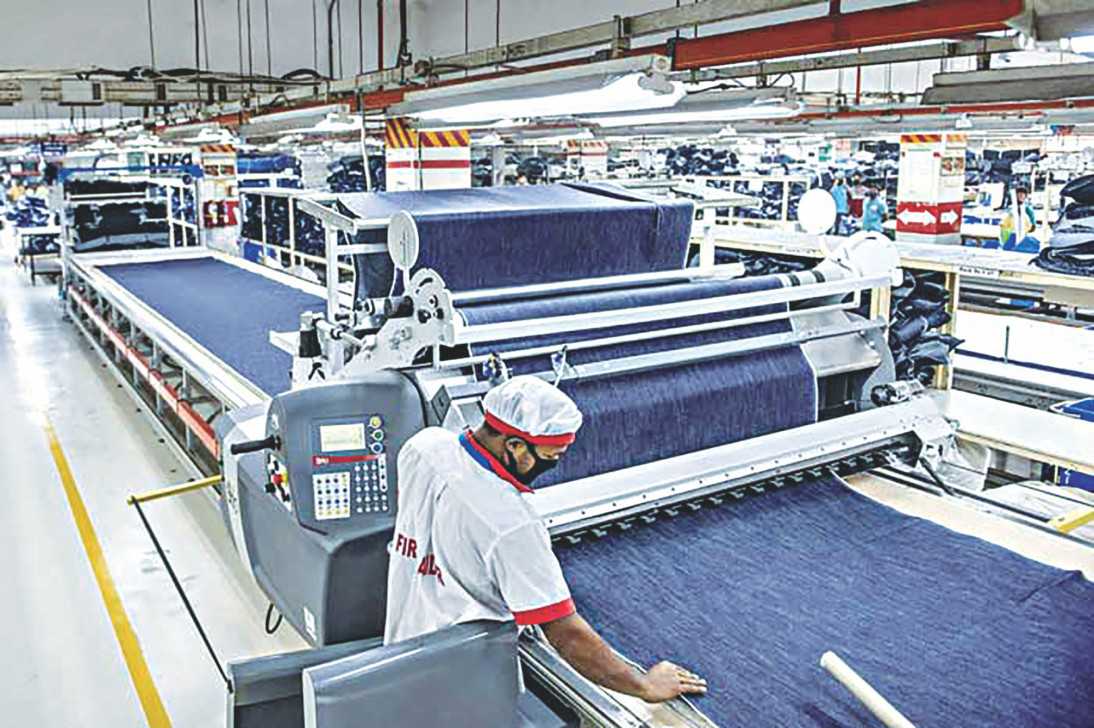Automation: A threat for RMG workers or an opportunity for the sector as a whole?

Image collected
The fourth industrial revolution is under way and bringing with it a series of upheavals—robotics, automation, machine learning, and artificial intelligence are gradually making their way into the production process all over the world. However, such major breakthroughs in the production process will have negative effects on the job market and the Bangladesh economy, as the introduction of machinery in the production process has a higher probability of affecting unskilled and semi-skilled workers adversely compared to skilled workers. According to the government’s a2i project and the International Labour Organisation (ILO), around 60 percent of garment workers in Bangladesh (5.38 million) will become unemployed by 2030 and be replaced by robots due to automation in the RMG sector.
The garments sector has played an important role in uplifting the economy of Bangladesh—creating numerous jobs, pushing down the number of people living in poverty, and fostering female labour participation. A major drawback however is that a large portion of the workers employed in the RMG sector are unskilled; with automation, it is these unskilled workers who will lose out. While Bangladesh is the second largest garment and textile exporter in the world, it lacks the capacity to transfer workers from the apparel industry to any other industry. It also cannot create sufficient jobs for the workers who will be laid off as a result of automation, thus leading to the probability of mass unemployment in the country.
Despite a large amount of surplus labour in the country, advances in technology have made it more lucrative for producers to opt for automation. Garments owners are now focused on integrating automatic machinery in the production process; due to technological transformation all the way through the value chain, a number of challenges throughout the production process has been overcome. Fourteen steps are involved in transforming fabric to ready-made garments—automation has been introduced at almost all stages of apparel making which has, in turn, reduced the dependency on labour.
According to the Bangladesh Garments Accessories and Packaging Manufacturers and Exporters’ Association (BGAPMEA), every year around 100 new factories are beginning operations and are using advanced technology in the entire apparel-making process. Furthermore, these new factories also maintain compliance and factory rules and regulations strictly. Approximately 250 factories in the country are fulfilling orders with use of the latest technology and machinery. The use of advanced technology assists in cutting down production costs significantly (30-40 percent) and has spill-over benefits in terms of higher productivity and reduced lead times. Though, the introduction and use of automatic machinery in the RMG sector is costly it will help the sector reap benefits in the long run in terms of higher efficiency.
Since automation in the RMG sector is in progress and Bangladesh has no other option but to embrace it in order to take the apparel sector to the next level, it needs to face the inevitable challenges and embrace the opportunities brought about by the fourth industrial revolution. Automation has grave implications for employment—while it will definitely lead to layoffs and job cuts, on the other hand, there will be job creation as machines need supervision and experience wear and tear, on the other. The type of jobs created as a result of automation, however, will require skill and education—which the country lacks. There is also the threat of production being redirected to industrialised countries as well as reshoring, since producers demand a skilled labour force.
The government and policymakers need to step in to address the issue of job displacement brought about by automation and address the need for skill development of workers. Automation will lead to creation of new jobs in the service sector and the government needs to divert some of the displaced workers to this expanding sector. However, this will require investment in education and training. Furthermore, the government needs to ensure favorable labour laws, take initiatives for skills development, and provide social protection. There is a dire need for training for developing and expanding labour market skills to ensure job retention and assist terminated workers to find alternative ways to make a living.
Bangladesh also has the advantage of realising the demographic dividend, where too, investment in training and education is mandatory. Restructuring of the education system and reducing the gap between the education system and the labour market needs to be addressed. This, for example, will reduce dependence on expatriate managers and help curb youth unemployment. The government must take immediate action to prepare the labour force and the economy for the challenges that lie ahead and facilitate the smooth transition of the RMG industry to a higher value added industry.
Source: https://www.thedailystar.net
Previous Story
- Is automation a threat for RMG workers in...
- Evolution of the RMG sector
- Bangladesh looks for Nigerian venture
- Trying times for our RMG sector
- Bangladesh witnesses unrest in Ready Made Garments sector
- What does the future hold for our apparel...
- Fare target set at $54b
- From Michigan to Bangladesh and everywhere in between,...